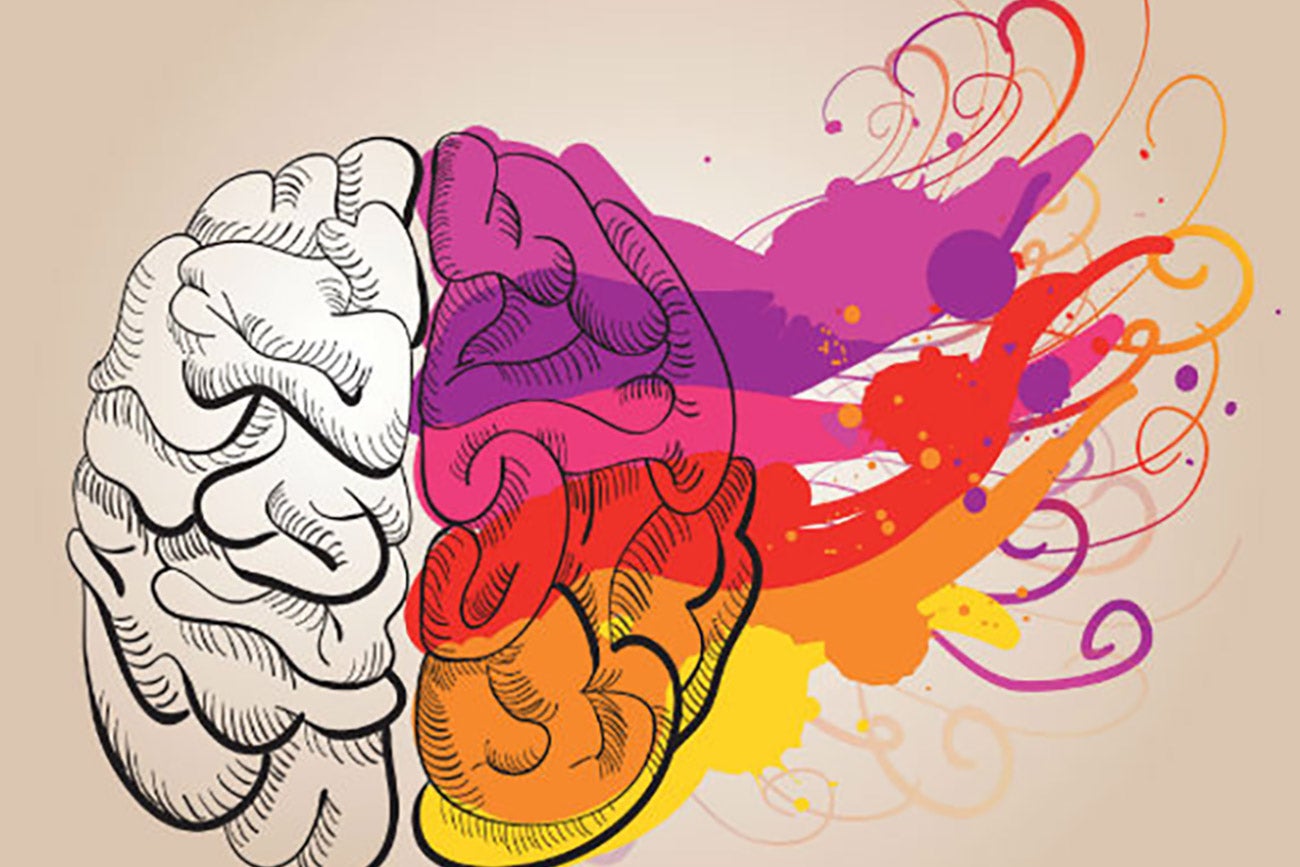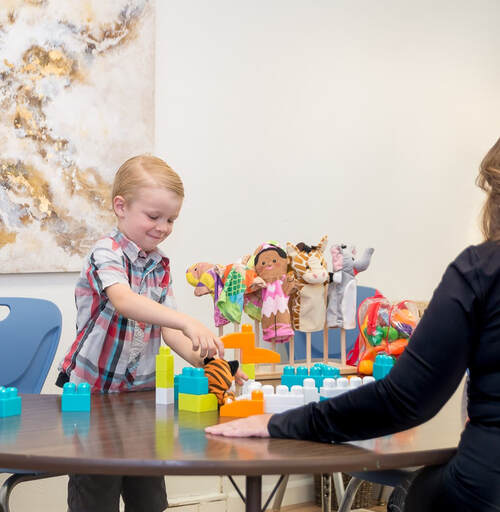(CBT) Cognitive Behavioral Therapy
We have all been through a certain rough patch in our life that has had a severe impact on our mental health. Most of the time we get over such incidents on our own but sometimes we need professional help. An evidence-based technique that has proven to be very helpful with treating mental health issues is Cognitive Behavioral Therapy, also known as CBT.
Cognitive Behavioral Therapy or CBT is a communication approach that will help you improve your functioning by improving the way you feel and react to stress. It is more widely used to relieve anxiety and depression, but can be effective for many emotional and physical health conditions.
CBT can help you cope with your issues in a more constructive manner. It is based on the idea that your emotions, beliefs, thoughts and actions are interlinked, and that negative emotions can cage you in a destructive spiral.
The objective of CBT is to help you interrupt this loop by disintegrating daunting issues into smaller bits, analyzing your emotions and bad habits more closely, and teaching you how to alter such emotional trends and make you feel better.
By participating in CBT counseling you will focus on your emotions, thoughts and behaviors, and challenge your own dysfunctional patterns to create newer and more healthier ways of living. To further familiarize you about this effective treatment, we have gathered important details that should give you a good sense of how CBT works and what you may expect during your sessions.
What is (CBT) Cognitive Behavioral Therapy?
Cognitive behavioral therapy (CBT) is a type of behavioral counseling that has been proven to be successful with a number of issues including stress, personality disorders, concerns with alcohol and drug usage, relationship issues, anorexia, binge eating and serious mental issues.
Multiple study results suggest the CBT contributes to major changes in working and quality of life. In several trials, CBT has been found to be equally successful or more efficient than other types of clinical treatment or behavioral medication.
This is worth noting that CBT advancements have been achieved on the basis of both study and clinical experience. In reality, CBT is a technique for which there is sufficient evidence that it has significant and sustainable positive results.
What does Cognitive Behavioral Therapy Involve?
CBT incorporates a variety of strategies and methods that tackle feelings, attitudes and behaviors. This can vary from formal psychotherapy to self-help resources.
CBT usually involves these steps:
- Recognize the troublesome scenarios or circumstances of your life. These can involve problems such as a breakup, sadness, rage, or signs of a mental health illness. You and your therapist can spend some time discussing what concerns and priorities you want to work on.
- Be mindful of your feelings, sentiments and opinions on these things. When you have established the things, you intend to focus through, the therapist may allow you to express your feelings on them. This could include witnessing what you tell yourself about an observation, your understanding of a scenario, and your faith in yourself, others, and events.
- Identify misleading or imprecise thought. In order to help you understand trends of thought and behavior that can lead to your question, your therapist can ask you to pay attention to your physical, mental and behavioral reactions in various circumstances.
- Reshape pessimistic or wrong thoughts. Your therapist is likely to allow you to question yourself if your interpretation of the scenario is founded on reality or an erroneous understanding of what is going on. This move may be difficult. You may have a long-standing mindset about your experience and yourself. Through practice, constructive thoughts and action habits can become a routine, so they won’t require too much of an effort.
Examples of Cognitive Behavioral Therapy
Reframing
In cognitive therapy we learn to assess negative thoughts when they arise, rather than taking them for granted as being true, and considering if there might be other ways of looking at a situation. Asking yourself some of the following questions, grouped below into three categories, can help you to reframe a distressing situation and see it in a different light.
By taking the time to ask these questions, you can disrupt the thinking-in-circles pattern that typically occurs when we allow negative thinking to go unchallenged. Asking these questions gives you the opportunity to step back from your thoughts a little, slow down your mind, and consider things from a fresher and calmer perspective.
What are the facts?
- How do I know that my thought is true? What is the evidence (or proof) that my thought is true?
- Is there any evidence that disproves my thought? What’s the evidence that this thought might not be true, or not completely true?
- Are there facts that I’m ignoring or I’ve overlooked?
- Am I using any words or phrases that are extreme or exaggerated such as always, never, forever, should, must, can’t, etc.?
- Are there any small things that contradict my thought that I might be discounting as unimportant?
Are there any other possible explanations?
- Can I see any other way of viewing this?
- If my best friend or someone I loved had this thought, what would I tell them?
- If my best friend or someone who loves me knew I was thinking this thought, what would they say to me?
- What evidence would my friend point out to me that would suggest that my thought is not 100% true?
- When I am not feeling this way, do I think about this type of situation any differently? How?
- Five years from now, if I look back at this situation, might I look at it any differently?
- Am I blaming myself for something over which I do not have complete control?
- Have I had experiences that show that this thought is not true all the time?
- Are there any strengths in me that I’m ignoring?
- Are there any positives to the situation that I’m ignoring?
What can I do to help me deal with the situation?
- Have I been in this type of situation before? What have I learned from prior experiences that could help me now?
- When I have felt this way in the past, what did I think about that helped me feel better?
- What is the worst that could happen?
- What is the most likely thing that will happen?
- If the worst did happen, what would I be able to do to cope?
- What is the effect of thinking this way?
- Will this view help me to deal with the problem? Would another view be more helpful?
Once you’re able to gain a broader perspective, things tend not to be as overwhelming, your mind quiets down, and you can start to see things more clearly. Once you have some clarity, then you can find concrete ways to deal with whatever is troubling you.
Often it helps to actually write out your answers to these questions, as writing thoughts down helps get them out of your head and slow down your mind. And seeing the answers written out in front of you can make them sink in and seem more real than if they are just more thoughts added to whatever is going on in your mind already.
Journaling
Journaling about your feelings with the intent of identifying the irrational, negative or distorted thoughts and perceptions that accompany them is called cognitive journaling. Cognitive journaling helps you identify and revise your distorted perceptions and irrational thoughts.
- You open up to a broader perspective. When you sit down and write about your experiences and feelings, you choose to dedicate a special time window to reflecting on your own life. By putting your emotions and thoughts on paper, you gain some momentum in the process of working through them. They stop being absolute, and you feel less overwhelmed. You imply that they do not reflect the whole of reality, as it may often feel when you’re deep into them. You become, in a sense, an observer of your own thinking.
- You can change your views. You get more perspective on your thinking because you force yourself to slow it down. By acting as an observer of yourself, you have a chance to reorganize your thinking, spot patterns in it, and choose to change your mind with the fresh information you discover.
- You begin to externalize. Part of the process of healing is to identify your feelings and to externalize bottled-up or repressed emotions. Unresolved issues can be stuck points to your growth as a person.
Who is a Good Candidate for (CBT) Cognitive Behavioral Therapy?
Cognitive behavioral treatment has been used to combat depression, and there is strong support that it performs as effective as psychiatric drugs for mild to severe depression.
Mental illnesses that respond well to CBT include:
- Posttraumatic stress disorder (PTSD)
- Disorders of Depression
- Anxiety
- Phobias
- Obsessive Compulsive Disorder (OCD)
Cognitive behavioral treatment can also be used to combat issues such as binge-eating and other food habits, hypertension, alcohol, sleep disturbances, physical discomfort, attention deficit disorder (ADD), panic attacks, and attitude. If a person is dealing with any of the above mentioned complications then they are suitable enough to opt for CBT.
CBT Strategies
Individuals also have ideas or emotions that perpetuate or exacerbate flawed views. Such beliefs can lead to disruptive behavior that can impact many areas of life, which include relatives, intimate relationships, work, and educational experience.
-
Address Negative Thinking
It is necessary to learn how thoughts, feelings, and circumstances can make contributions to pessimistic behaviors. The process can be complicated, particularly for people struggling with self-reflection, but it can inevitably result in self-discovery and perspectives that are a vital part of the healing process.
-
Practicing New Techniques
It is vital to begin pursuing valuable skills that can then be used in real-life situations. For example, a person with drug abuse disorder may begin to practice healthy coping strategies and rehearsals to prevent or response to social situations that could likely cause a recurrence.
In most instances, CBT is a steady method that enables a person to take gradual steps towards behavior interventions. For example, somebody with social anxiety could begin by simply imagining anxiety-provoking social situations. After that, they may start talking to colleagues, relatives, and associates. By steadily working towards a greater goal, the procedure seems to be less difficult.
Bottom Line
Mental issues are a serious concern and they should be dealt with a hands-on approach. Unlike several other talking therapies, CBT involves coping with your present concerns, instead of dwelling on things from the experience. It assists you to particularly analyze and challenge thoughts and feelings to enable you to achieve a healthier mind. One of the greatest benefits of cognitive behavioral therapy is that it helps clients develop coping skills that can be useful both now and in the future.









